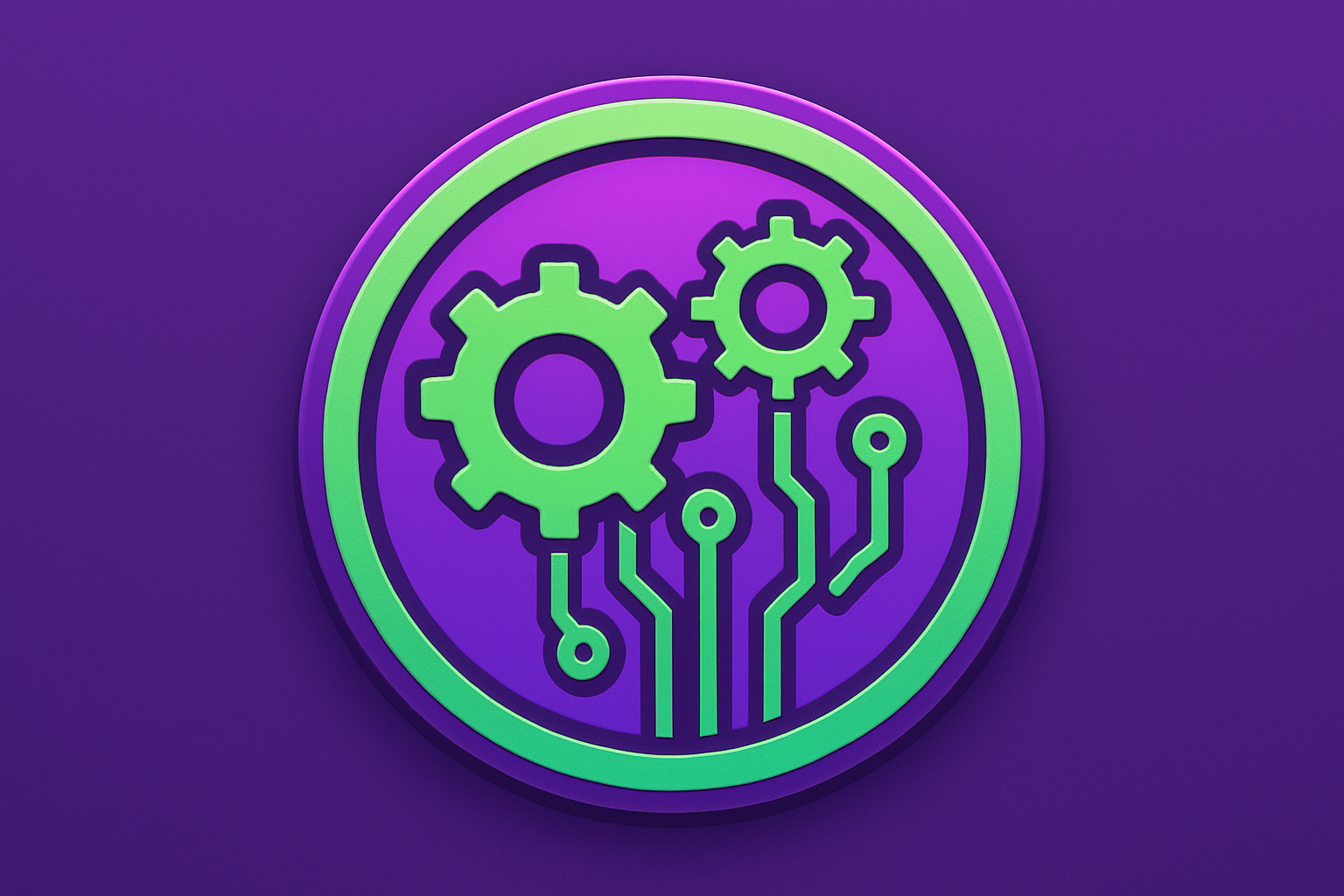As we dive into the dynamic world of cryptocurrency, one of the most important concepts you’ll encounter is crypto scalability. It might sound like a complex term, but understanding it is crucial for anyone interested in the future of digital currencies and decentralized applications. Crypto scalability refers to a blockchain’s ability to handle an increasing number of transactions without compromising speed, cost, or security. As more users adopt digital currencies and demand for decentralized finance (DeFi) grows, scalability becomes a key factor in the usability of these networks.
Imagine trying to buy a coffee using Bitcoin on a busy morning; if the network can’t handle the surge in transactions, you might end up waiting a long time or paying exorbitant fees. Scalability bridges the gap between robust transaction demands and efficient blockchain operation, ensuring that resolutions can happen quickly and affordably. In this article, we will explore how crypto scalability works, its importance, the challenges faced, and the innovative solutions being developed to enhance this critical aspect of blockchain technology.
What is Crypto Scalability?
At its core, scalability refers to a blockchain’s capacity to manage a growing volume of transactions efficiently. It’s essential for ensuring that everyday activities—like paying for a cup of coffee, trading crypto assets, or executing smart contracts—can function smoothly. Traditional financial systems, like Visa, can effectively handle over 20,000 transactions per second (TPS), while earlier blockchains such as Bitcoin and Ethereum struggle to reach even a fraction of that number, averaging just a few TPS. This limitation brings us to the concept of the blockchain trilemma: the challenge of achieving decentralization, security, and scalability simultaneously. Most blockchain networks lean towards decentralization and security, which inherently restricts their processing capacity and efficiency. But why is this a significant issue?Why Scalability Matters
Scalability is vital for widespread adoption of cryptocurrency. If blockchain networks aspire to compete with established payment systems, they must accommodate millions of users and transactions daily. Without sufficient scalability, networks become congested, leading to high fees, sluggish confirmations, and frustrated users. Take Bitcoin, for example. Its original block size of 1 MB and cap of roughly 3–7 TPS leads to delays and costs when many users engage simultaneously. Ethereum, while upgraded, can still only manage around 15–30 TPS, which falls short of what is needed for global commerce. During busy periods, users may face transaction confirmations taking hours or might have to pay high fees, pushing them to reconsider using blockchain for everyday activities.Key Scalability Metrics
To grasp the complexities of crypto scalability, let’s examine three core metrics that indicate how well a blockchain can perform under pressure:Throughput
Measured in transactions per second (TPS), throughput is an essential metric to assess how quickly and efficiently a blockchain can process transactions. Traditional systems are currently outpacing most blockchains– but emerging protocols are making impressive strides to close that gap.Latency
This term indicates the time taken for a transaction to receive confirmation on the network. Reducing latency is vital for real-time applications, such as point-of-sale systems or online gaming.Network Efficiency
The resources utilized by the network (including computing power, bandwidth, and storage) contribute to its efficiency. A high-performing system minimizes resource waste while maintaining operational costs at competitive levels.Types of Scalability Solutions
The crypto community has been active in developing various strategies to enhance scalability, divided into Layer 1 (on-chain) and Layer 2 (off-chain) solutions, along with some innovative consensus mechanisms.Layer 1 (On-Chain) Solutions
Layer 1 solutions involve modifications made to the blockchain core protocol itself. Key developments in this area include:- Segregated Witness (SegWit): This protocol allows Bitcoin to separate signature data from transaction data. By doing so, it increases the effective capacity of blocks[2].
- Sharding: A crucial innovation for Ethereum, sharding divides the blockchain into smaller parts, known as shards, processing transactions in parallel. This method significantly enhances transaction throughput while reducing the burden on individual nodes.
- Hard Forks: Sometimes, a major change in blockchain capacity requires a hard fork—a permanent divergence from the existing blockchain that can be controversial and create security risks due to community division.
Layer 2 (Off-Chain) Solutions
Layer 2 solutions handle transactions outside the primary blockchain, allowing users to speed up their transactions. Notable Layer 2 solutions include:- Payment Channels & State Channels: Technologies like the Lightning Network for Bitcoin and Raiden Network for Ethereum enable users to transact off-chain, settling on the main chain later, which allows for instant and low-cost payments[1].
- Rollups: Rollups combine multiple transactions into a single batch before submitting them to the main blockchain. They’re highly efficient; types include optimistic rollups (which rely on a challenge period for validation) and zk-rollups (which use cryptographic proofs)[1].
- Sidechains: Separate chains linked to the primary chain facilitate the movement of assets while processing more transactions with unique features.
Alternative Consensus Mechanisms
In efforts to enhance scalability, many newer blockchains are also looking beyond proof-of-work (PoW) systems. Some of the alternative consensus models include:- Proof-of-Stake (PoS): Rather than relying on energy-heavy mining, PoS permits validators to stake crypto holdings, significantly enhancing scalability and energy efficiency[1].
- Delegated Proof-of-Stake (DPoS): A quicker variation where users vote for a limited group of validators to maintain the integrity and speed of transactions.
- Directed Acyclic Graphs (DAGs): Some innovative protocols, like IOTA and Nano, employ a DAG structure instead of traditional blockchains, striving for infinite scalability albeit with certain trade-offs in decentralization and security.
Challenges and Trade-offs
Enhancing blockchain scalability is not without complications. Topping the list is the blockchain trilemma: trying to achieve a balance among decentralization, security, and scalability. Improvements in one area often come at a cost in another:- Security Risks: Implementing faster or more streamlined consensus methods could expose the network to vulnerabilities.
- Decentralization Loss: Centralizing validation processes can breach the fundamental ethos of trustless blockchain operation.
- Complexity and Integration: Implementing Layer 2 solutions and novel consensus mechanisms may introduce fragmentation and compatibility issues that both developers and users must overcome.
Real-World Examples
Real-world applications of scalability can be observed in prominent cryptocurrencies:- Bitcoin: While established, Bitcoin’s scalability is limited by its block settings and PoW method. Yet, Layer 2 solutions like the Lightning Network have offered relief for many users seeking faster transactions[8].
- Ethereum: Transitioning to PoS with Ethereum 2.0 and sharding aims to significantly improve throughput and reduce transaction fees, with the goal of transforming Ethereum into an efficient world computer.
- Solana and Cardano: These newer protocols boast remarkable TPS through innovative consensus and Layer 1 enhancements, although they sometimes compromise decentralization[5].
Looking Ahead: The Future of Crypto Scalability
The quest for optimal scalability is a focal point for blockchain developers and researchers. Innovations continue to materialize, ranging from advanced sharding techniques to new Layer 2 protocols and hybrid consensus models. The end goal is crystal clear: empowering blockchain networks to support billions of users globally, enabling everything from daily transactions to intricate smart contracts, without sacrificing security or decentralization. Expect to witness:- Greater integration of Layer 2 solutions: Streamlining off-chain transactions to be more intuitive and secure.
- Improved cross-chain capabilities: Enhancing interoperability between various blockchain systems to harmonize resources.
- Novel consensus paradigms: Further scaling down energy consumption while ramping up transaction speed.
- Community-driven enhancements: Pioneering collaborations to prevent contentious forks and ensure network stability.
In Conclusion
Scalability holds a key place in the future of finance, governance, and ownership in the digital realm. Grasping how scalability functions, the trade-offs involved, and the innovative solutions available is critical for anyone venturing into the world of blockchain and digital assets. Whether you’re a developer seeking to enhance a project, an investor charting your path, or a curious user eager to learn more, staying informed about scalability trends will equip you to make educated decisions and actively participate in the digital economy’s transformation. As crypto platforms tackle scalability head-on, the community pushes forward to redefine what decentralized networks can achieve, bringing us closer to a world where blockchain technology is speedy, affordable, accessible, and secure for everyone. For further insights into cryptocurrency, we invite you to explore more guides on crypto basics, check out our exchange reviews, read the latest news in the crypto space, or discover powerful tools and wallets in our Tools & Wallets category. Explore Related Articles:- Crypto Profit-Taking Strategies for Newbies
- How to Assess Your Crypto Financial Health
- How to Spot a Fake Crypto Project
- Best Tools for Beginners in Crypto Trading
- What is a Utility Token?












